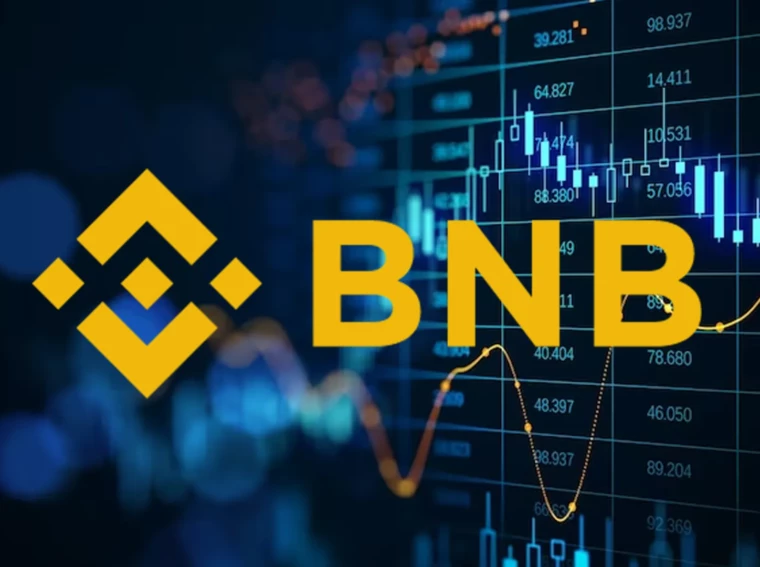- opBNB is built on Ethereum instead of the BSC.
- opBNB is the solution to Ethereum’s scalability issues.
What is the BNB Smart Chain?
The BNB smart chain or BSC, is an Ethereum Virtual Machine-compatible (EVM) layer 1 network. BSC was created at the zenith of Ethereum’s scalability catastrophe to present users with an alternative to Ethereum’s crowded network that is compatible with the Ethereum Network.
BSC aims to create a more agile network by separating the consensus and execution layers of the Ethereum network and by creating an energy-saving consensus layer that works well with the adopted execution layer.
BSC was employing the Proof-of-Stake (PoS) Consensus mechanism at the time, while Ethereum was employing the Proof-of-work (PoW) consensus mechanism. However, it switched to the PoS consensus following the merge in September 2022. To take the BSC network to the next level, opBNB was developed.
Understanding opBNB
While launching its mainnet, opBNB guarantees its developers and users an immersive and improved experience as compared to what the BNB chain was previously offering. More specifically, this is more relevant to large Web3 applications that require high throughput and have an enormous number of daily users.
This leads to an overload of traffic, resulting in higher gas fees, higher transaction processing times, and lower network responsiveness. This has led to the need for layer 2 roll-ups to enhance network performance. The team behind BNB claims that BNB is capable of processing 4,000 transactions per second, while the transactions on opBNB would cost as little as $0.0005.
The purpose behind developing opBNB was not only to add to the primary network but also to function as an autonomous network. To understand this in simple terms, applications can be launched on opBNB and not on the main network.
Similar to opBNB, apps on BSC can be launched on the layer 2 network, including other apps that were formerly launched on Ethereum Virtual Machine-compatible layer 1 and layer 2 networks. This is because the mainnet supervises the verification of the transactions on opBNB, making opBNB as secure as the BSC.
Key Attributes of opBNB
- Scalability
The role of layer 1 blockchain networks like BNB Chain and Ethereum is to manage all the blockchain operations at their level. This means there is a risk of overcrowding on the network, which may lead to lower processing times, high gas fees, and a dissatisfying user experience.
To address these shortcomings, layer 2 roll-ups were developed. These roll-ups are an execution layer that is developed on top of the mainnet. These roll-ups improve the user experience by enhancing scalability, lowering gas fees, and increasing throughput.
In the case of opBNB, which leverages optimistic roll-ups, the transactions that occur on opBNB are rolled up into a single transaction and sent to the main network of the BNB chain.
- Interoperability
Being built on the OP stack, opBNB is interoperable with other layer 2 platforms that employ the OP stack, such as Optimism and Base. opBNB’s compatibility with EVM and its support for Solidity enables the creation of an ecosystem of open and collaborative systems through various OP chains.
However, it’s still dicey whether it will be a part of the optimism chain. What makes it stand out from the crowd is that it is built on Ethereum instead of the BNB chain.

